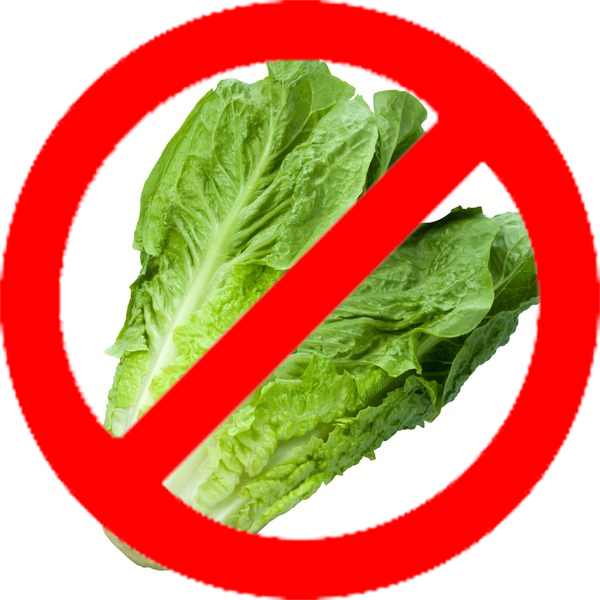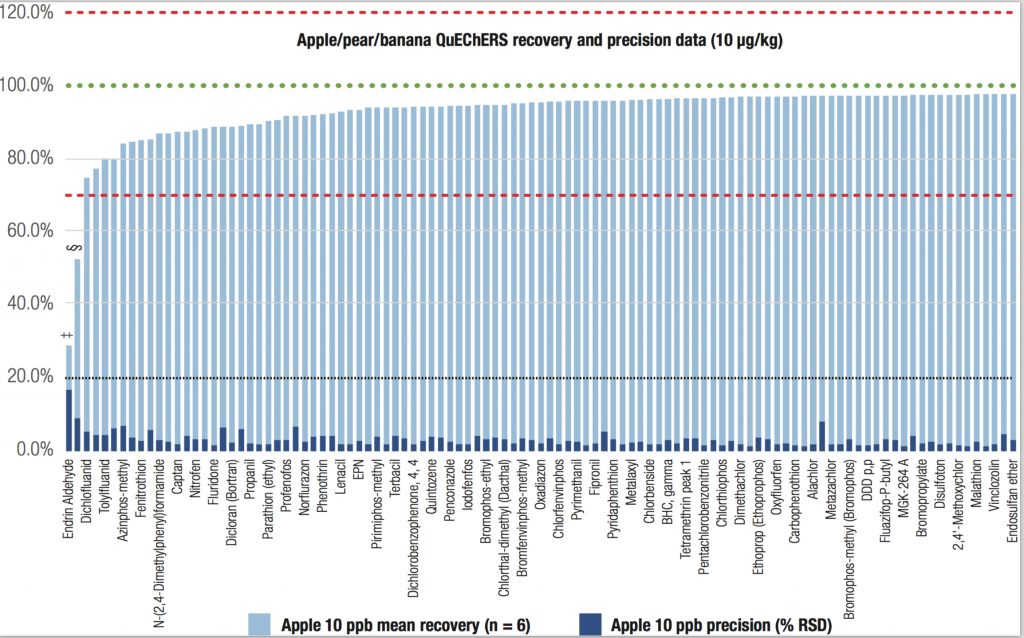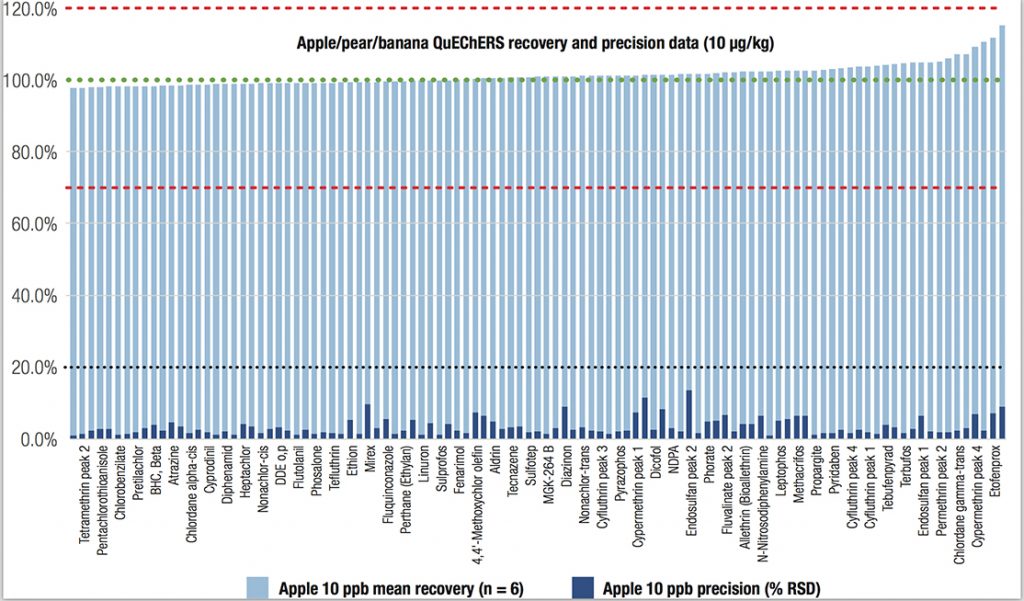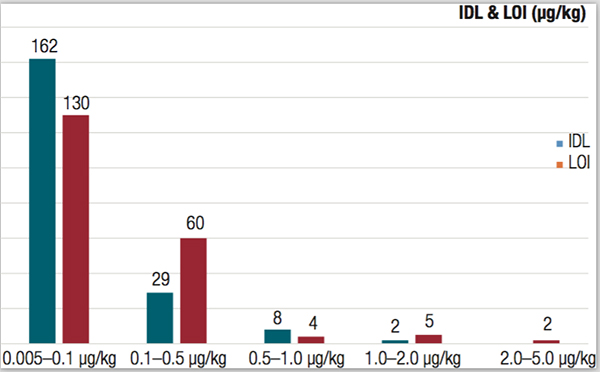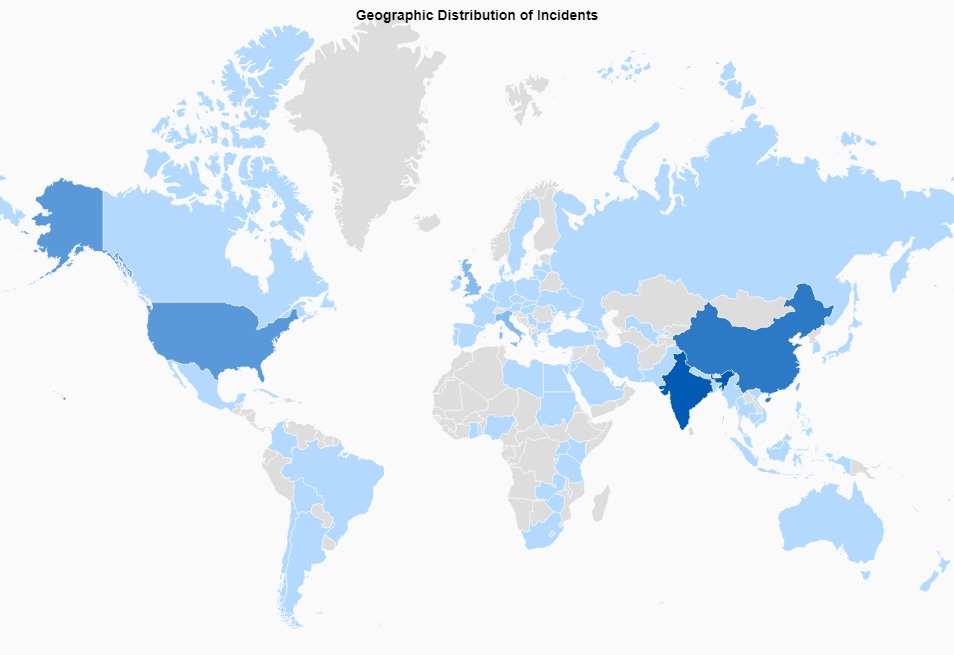Cloud computing and storage, the breakthrough technology that once dominated headlines, conferences and CIOs’ strategic plans, is now commonplace in most industries. That is not to discount the journey it took to get here, though. This easy acceptance wasn’t always the case, and in fact, some of the world’s most important industries are lagging behind.
Food safety is one such industry that stands to gain the most from adopting cloud technology but continues to rely heavily on manual processes, paperwork, and cumbersome on-premise databases. These methods are seen as fail-safe, proven by history to be effective enough and compatible with the overarching goals of the industry. We’re suffering from the age-old adage: If it isn’t broken, we don’t need to fix it.
While the food safety industry has good reasons for taking a more conservative approach to new technology, I’d argue that the most pressing risk to our industry is the failure to invest in innovation. In our own attempts to avoid risk, we’re actually exposing ourselves to far greater losses both in protecting consumers and new opportunities.
A Path Forward For Food Safety
The food safety industry is changing, and changing rapidly. However, despite advances, the industry still faces major challenges. We’ve seen more than 200 recalls just this year. An average recall costs $10 million dollars in direct costs alone. On average, it takes 57 days to recall food, according to a report by the Office of Inspector General.
At the same time, we’re beginning to generate more data than ever, with technologies like blockchain and next-generation sequencing coming online in a big way. We’re about to experience a data explosion arguably bigger than in any other industry. A single NGS test can give industry officials hundreds of millions of data points per analysis, and routine pathogen tests are happening at high volumes around the clock.
This amount of data cannot be contained in the spreadsheets and on-premise databases of today.
The hesitation to adopt cloud-computing is not unfounded, given the initial fear around outages and security, and a disbelief that the technology could ever be as reliable and secure as their existing systems. And the hesitation is even more understandable when you consider that food and beverage is the third-most hacked industry. The damage from these breaches can be extensive, with reports that 70% of hacked food and beverage companies go out of business within a year of an attack. There is a substantial cost for lax security or prolonged outages.
Clearly, any solution has to be comprehensive, and our justifications for switching systems have to be all the more clear. But we cannot as an industry sit idle.
The food safety industry has an opportunity to learn from those who have gone before us and build a stronger, more robust cloud infrastructure.
We’re starting to see this shift take place – some of the top poultry manufacturers have already made the leap into cloud computing. They and others will prove that the value of making the move far outweighs the risk.
Quality Control and Consistency
Right now, it’s not uncommon for food safety employees to record their observations via paper and pencil. In a best-case scenario, these professionals are forced into spreadsheets with limited interoperability. In either scenario, there are huge amounts of friction when it comes to sharing information and, in fact, data can easily be lost as inboxes fill, software crashes, or papers get buried in the shuffle.
By enabling instantaneous data sharing, the cloud makes collaboration across an organization easily accessible for the first time. This, in turn, boosts productivity and also guarantees a higher degree of consistency in both process and results.
Employees can instantly share results, communicate across departments, and easily control permissions and access to information, allowing others to iterate on or apply their findings in real time.
Speed Across an Organization
The drive to increase efficiency actually underwrites the entire food safety industry. Experts are constantly asking how we can be faster at assessing risk, managing recalls, and generally running a business. These questions are only becoming more important as the threat of foodborne illness continues to rise.
The cloud enables greater speed in tracking food information inside and outside of the lab. Perhaps more than any other tool, cloud technology is going to allow the food safety industry to more quickly and effectively manage recalls.
Technology that allows companies to immediately update information company-wide without the burden or drag of an unwieldy IT infrastructure is valuable. Technology that gives you easily interpretable results, so that you can make quick decisions for the good of public health safety is valuable.
Cloud technology enables both. You could easily process terabytes worth of data and spit out easy, comprehensible results that would have otherwise taken days or weeks to produce.
This ability, which on its own is attractive, is especially important as you get into more complicated pathogen tests. For example, with traditional serotyping, a substantial portion of calls are subjective. The speed of cloud computing can take away some of that guesswork.
Dramatic Cost Savings
Not only does the cloud offer a faster system for storing and accessing information, but it also offers cheaper infrastructure, usually an offshoot of its speed. A survey of more than 1,000 IT professionals found that 88% of cloud users pointed to cost savings and 56% agreed that cloud services had helped them boost profits. Additionally, the absolute cost of the cloud is continuing to drop, improving margins.
With the cost savings enabled by the cloud, the food safety lab no longer has to stay a cost center. Adopting cloud technologies can create more wiggle room in a company’s budget and free up resources for ambitious experiments, new product development, and other activities that contribute to the bottom line of the organization.
Security and Regulatory Advancements
The cloud also allows companies to more easily cooperate with HAACP and FSMA regulations. With all of this organizational data easily available and updated in real time, organizations can ensure they’re keeping pace with regulatory requirements by easily producing traceability records and managing compliance requirements across multiple locations and vendors, for example.
While better, more transparent data management company-wide has always been the draw of cloud, the technology has been crippled by simultaneous concerns about security. Food safety executives feel stuck between wanting to comply with best practices and needing to protect sensitive and valuable information.
Fortunately, food safety has waited long enough. Even as recently as 2015, cloud breaches of major organizations’ databases were still making headlines. However, the technology has come a long way in a short time. Cloud providers are beginning to implement automatic checks of systems to analyze threats and identify their severity.
These advancements speak to the food safety industry’s primary pain points, security and speed. By solving for both, the cloud has reached a maturity worthy of the food safety industry.
The Future: Data Pollination
Finally, the cloud makes it much easier to share data across departments, organizations, and even entire industries.
We’re entering an era of data pollination. What I mean by that is there an opportunity to mesh food safety data (genomic data, label information, etc.) with other forms of data—human microbiome data, for instance, to create “personalized” food, enabling consumers to eat ideal foods based on their genetic makeup. While this trend has already taken off, it could be further improved and better validated by bringing food and genetic data out of their silos.
On the opposite end of the production line, data pollination could also help farmers, who have huge amounts of data at their fingertips, understand how they can play a larger role in food safety. If data can enable farmers to produce bigger yields, data can also certainly help farmers prevent any environmental causes of food safety on the farm itself.
Bringing together the data from the entire lifecycle of food—from farmer to consumer—can only be a good thing, powered by the cloud.
Conclusion
The food industry should not look at the task of updating their infrastructure to the cloud as a burden or an extra cost—it’s an investment and when done right, it can provide far greater returns. We have the advantage of late adoption and learning from the implementation mistakes and successes.
This isn’t just incremental improvement territory—we’re talking about making a quantum leap forward in our industry.











